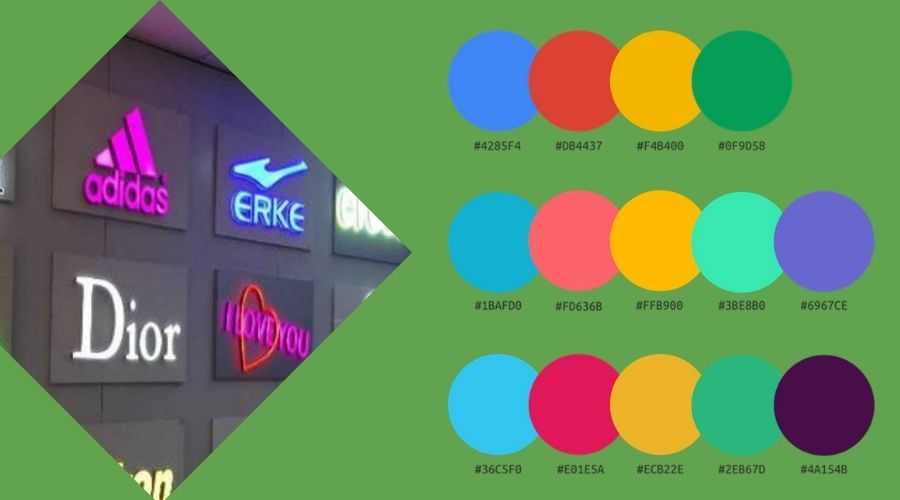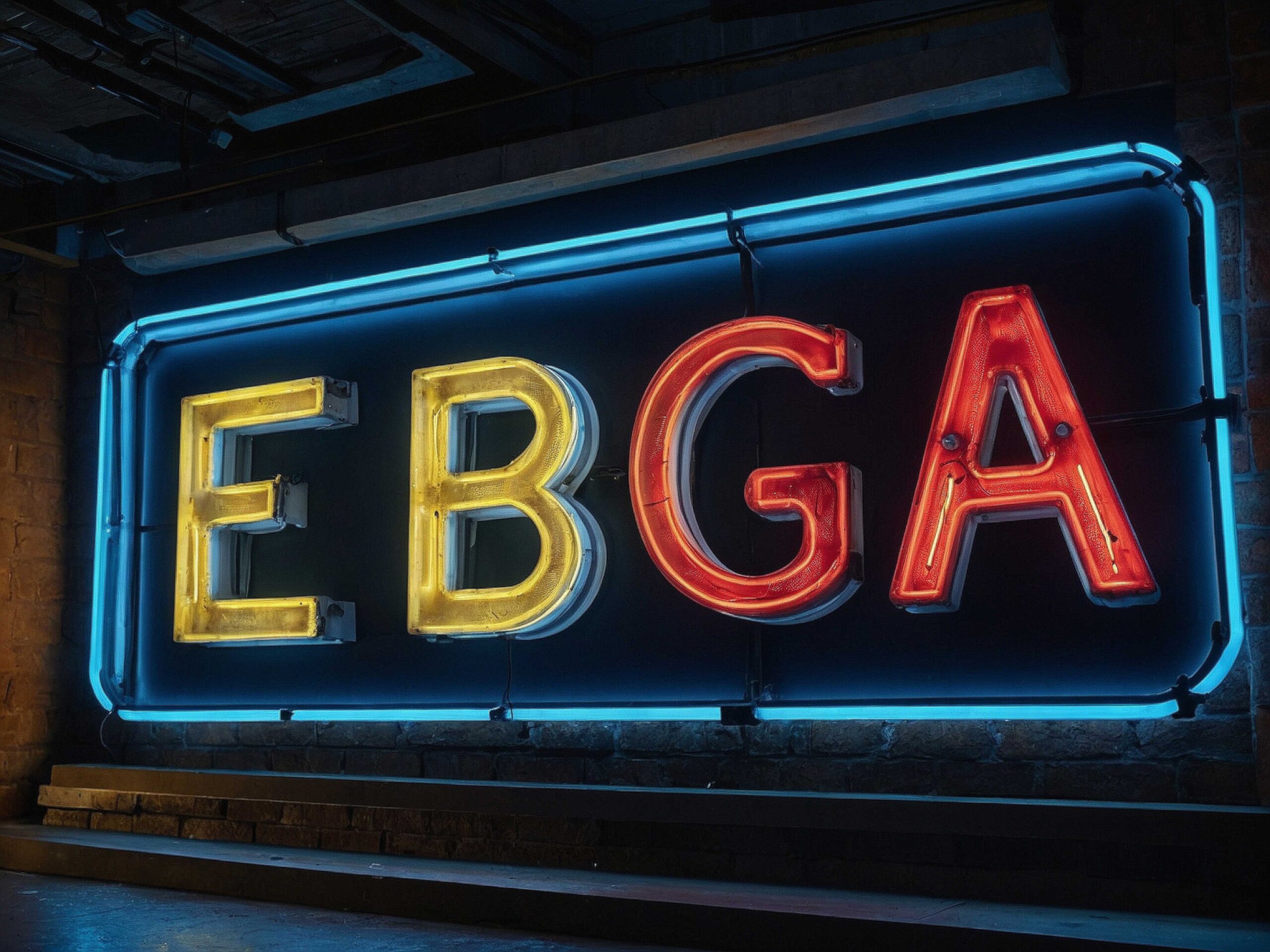Creating a brand style guide is essential for any business looking to establish a strong, recognizable identity. For Sign On LLC, based in Cape Coral, FL, and Fort Myers, FL, developing a comprehensive brand style guide can make all the difference in building a cohesive and professional brand image. Here are six tips to help you create an effective brand style guide.
What is a Brand Style Guide?
A brand style guide is a document that outlines how your brand should be presented across various platforms and media. It serves as a reference for anyone who works with your brand, ensuring consistency in how your brand looks, feels, and sounds. This guide includes everything from visual elements like logos and color palettes to the tone of voice used in communications.
1: Define Your Brand Identity
Your brand identity is the foundation of your style guide. It encompasses your mission statement, core values, and brand personality.
- Mission Statement: Clearly articulate what your business stands for and what you aim to achieve. For Sign On LLC, this might include a commitment to providing high-quality signage solutions and excellent customer service.
- Core Values: Identify the principles that guide your business decisions and interactions. These could include integrity, innovation, and customer satisfaction.
- Brand Personality: Determine the human characteristics of your brand. Are you formal or casual? Professional or playful? This personality should be reflected consistently across all brand touchpoints.
2: Establish Visual Elements
The visual elements of your brand are crucial for recognition and consistency.
Logo Guidelines
- Primary Logo: Show the main version of your logo that should be used most frequently.
- Logo Variations: Include different versions of your logo, such as horizontal, vertical, and simplified versions for various uses.
- Clear Space and Minimum Size: Define the minimum amount of space that should surround the logo to ensure it isn’t crowded. Also, specify the smallest size at which the logo can be displayed to maintain legibility.
- Incorrect Usage: Provide examples of how not to use the logo to prevent common mistakes, such as stretching, changing colors, or adding effects.
Color Palette
- Primary Colors: These are the main colors that represent your brand. Provide color codes (hex, RGB, CMYK) for accurate reproduction across digital and print media.
- Secondary Colors: These are additional colors that complement the primary palette. They can be used for accents or secondary elements.
- Color Usage: Guidelines on how to use the colors together, including ratios and combinations.
Imagery and Iconography
- Photography Style: Guidelines on the style of photos that represent your brand, including subject matter, color tones, and mood.
- Illustrations: If your brand uses illustrations, provide examples and guidelines on style, color, and context.
- Icons: Specify the style of icons to be used, ensuring they match the overall brand aesthetic.
Typography
- Primary Fonts: Choose fonts that reflect your brand’s personality and ensure they are legible across all mediums. Define specific fonts for headings, body text, and special uses.
- Font Sizes and Weights: Establish a hierarchy by specifying different font sizes and weights for headings, subheadings, and body text. This helps create a structured and readable layout.
- Usage Guidelines: Provide clear instructions on when and where to use each font style. Include examples of correct and incorrect usage to maintain consistency across all brand materials.
3: Create Consistent Messaging
Consistency in messaging helps reinforce your brand identity.
- Tone of Voice: Define the tone of your communications. Should your brand sound friendly, authoritative, or inspirational?
- Key Messages: Develop a set of core messages that convey the essence of your brand. These should be used across all marketing materials.
- Taglines and Slogans: Craft memorable phrases that encapsulate your brand’s mission and values.
4: Develop Brand Guidelines for Different Platforms
Different platforms require different approaches, but your brand should remain consistent.
- Social Media: Outline how your brand should appear on social media platforms. This includes profile pictures, post styles, and engagement guidelines.
- Website: Ensure your website reflects your brand’s visual and messaging guidelines. This includes consistent use of colors, fonts, and tone.
- Print Materials: Provide guidelines for print materials like business cards, brochures, and banners. Ensure the same visual elements are used to maintain brand consistency.
5: Include Do’s and Don’ts
Illustrate clear examples of correct and incorrect brand usage.
- Visual Examples: Show visual examples of how your brand elements should be used. This can include correct logo placement, appropriate color combinations, and proper typography usage.
- Common Mistakes to Avoid: Highlight common errors, such as improper logo resizing or using unauthorized colors, to prevent brand misuse.
6: Update and Evolve Your Guide
Your brand style guide should be a living document that evolves with your business.
- Regular Reviews: Schedule regular reviews to ensure your style guide remains up-to-date. This might be annually or bi-annually.
- Adapting to Market Changes: Be open to updating your guide based on market trends and feedback from your audience.
- Gathering Feedback: Encourage team members and stakeholders to provide feedback on the guide’s effectiveness and clarity.
A brand style guide is essential for creating a cohesive and recognizable brand identity. By defining your brand identity, establishing visual elements, creating consistent messaging, developing platform-specific guidelines, including do’s and don’ts, and regularly updating your guide, you can ensure your brand is presented consistently and professionally. Implement these tips to build a strong brand presence for Sign On LLC in Cape Coral, FL.
239-800-9454
info@capeled.com
FAQs
Why is a brand style guide essential?
A brand style guide ensures consistency in how your brand is presented, which builds recognition and trust with your audience.
How often should a brand style guide be updated?
It’s recommended to review and update your brand style guide at least once a year to keep it current with market trends and business changes.
Can small businesses benefit from a brand style guide?
Absolutely. A brand style guide helps small businesses present a professional and cohesive brand image, which can be crucial for growth and customer trust.
What should be included in a brand style guide?
A brand style guide should include your mission statement, core values, brand personality, logo usage, color palette, typography, tone of voice, key messages, and platform-specific guidelines.
How can I ensure my team follows the brand style guide?
Provide training on the importance of the brand style guide, make the guide easily accessible, and encourage feedback to ensure it is clear and effective.











